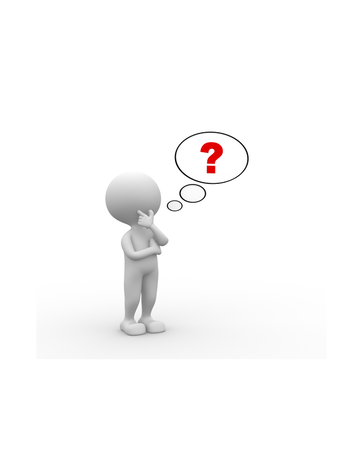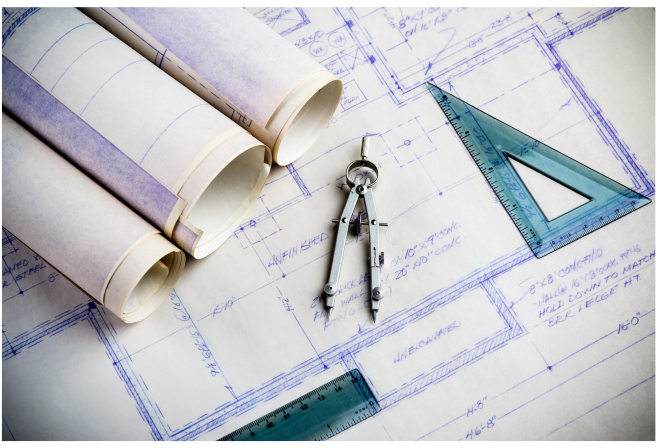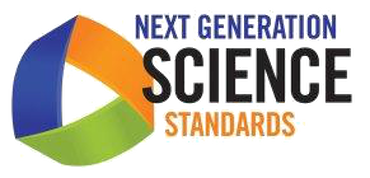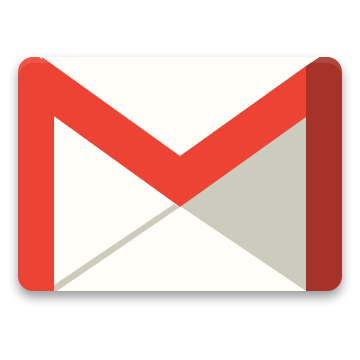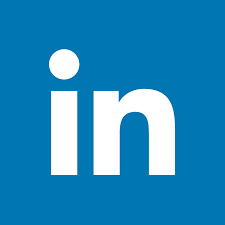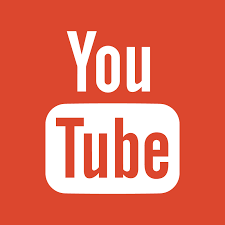Home | Design Overview | Problem Definition | Solution Exploration | Prototyping | Solution Refinement | Case Studies
Why Should you care about
the Design Process?
We'd guess there's at least one of three main reasons that you may be here to learn about the design process:
1) You are a STEM educator in K-12 grades, and you aren't sure how to present or teach about the design process. Next Generation Science Standards MS-ETS1-1 through MS-ETS1-4 refer to many principles related to engineering and the design process, but what if you've never had much exposure yourself? How are you supposed to teach about it?
2) You are a student interested in potentially pursuing a career in engineering and want to know more about the design process. You can pay a lot of money to get online instruction from famous influencers, but we think you can learn most of what you need (until you get to college) from the principles presented on this page for free.
3) Because the engineering design process is amazing! How else can you find such a structured, rigorous way to make a difference in the world? See some amazing examples from BYU engineering students below.
1) You are a STEM educator in K-12 grades, and you aren't sure how to present or teach about the design process. Next Generation Science Standards MS-ETS1-1 through MS-ETS1-4 refer to many principles related to engineering and the design process, but what if you've never had much exposure yourself? How are you supposed to teach about it?
2) You are a student interested in potentially pursuing a career in engineering and want to know more about the design process. You can pay a lot of money to get online instruction from famous influencers, but we think you can learn most of what you need (until you get to college) from the principles presented on this page for free.
3) Because the engineering design process is amazing! How else can you find such a structured, rigorous way to make a difference in the world? See some amazing examples from BYU engineering students below.
|
|
|
|
|
|
|
|
|
Design Overview: What is Design?
|
As we came up with this module we debated on how to present engineering design. The first attempt was a Miriam-Webster-esque definition-- Engineering Design is the method or process by which intentional improvement can be made. It varies from simple tinkering because of its deliberate and methodical nature. However this definition didn't seem to quite capture the reason design is such an interesting topic. What we ended up realizing is that Engineering Design is a method to approaching and solving any problem that may come up. Need to get somewhere fast? Cars were designed. Need to talk with someone across the world? Phones were designed. Need to save money for retirement? Design a budget. Tired of eating the same thing every day? Design a new meal. Whatever the problem may be, design is the way to create the solution.
|
Engineering Design
|
Engineering Design like we said before is a methodical way to solve problems. We propose a design process based loosely on an award winning text written by BYU professors Dr. Carl D. Sorensen and Dr. Christopher A. Mattson, but due to the format of this module we attempt to condense the process into fewer steps requiring less explanation. The process we arrived on is as follows:
|
For Educators
|
After deciding on the above rendition of the design process we wanted to make it applicable to educators (to whom these modules are specifically targeted). After discussing with STEM education experts here at BYU, we were directed to the Next Generation Science Standards (NGSS). NGSS MS-ETS1 is the standard having to do with Engineering Design. We were pleased to find that the design process structure that we developed matched one-to-one with the standards described in NGSS MS-ETS1.
|
